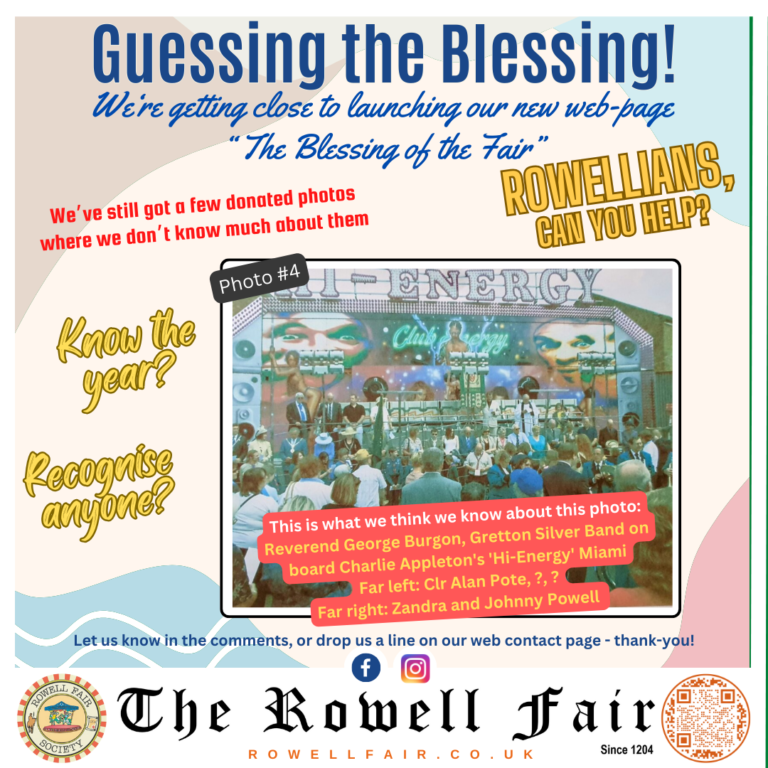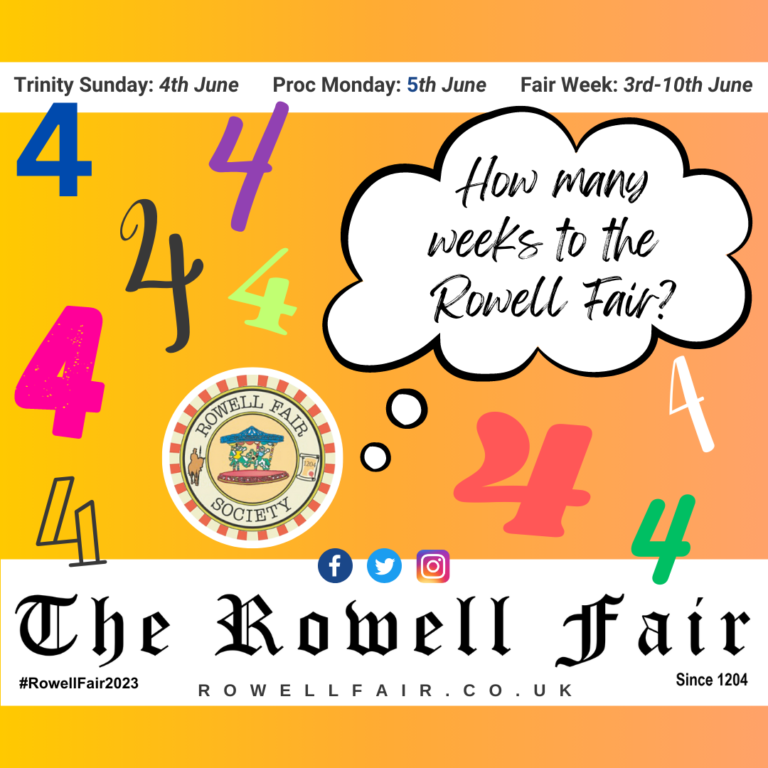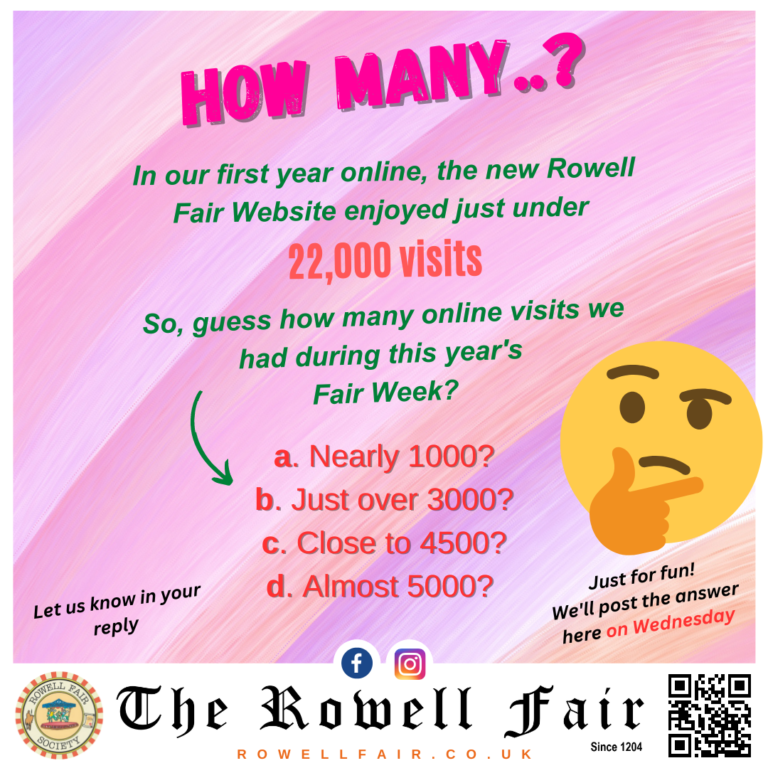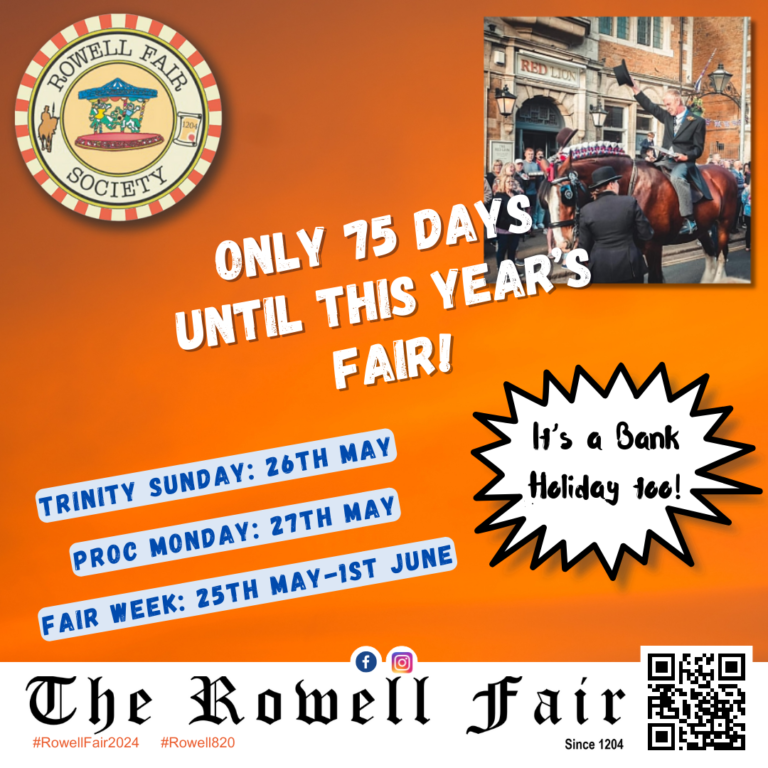The history of Rothwell Grammar School spans five hundred years but sadly today, despite many of the town’s other ancient building surviving; all those directly connected with the school have long disappeared.
Throughout its life the school was known by many names: a Free School, an Endowed school, a Grammar School, a National School, a Controlled School and a Church of England School. It can be documented back to 1427 when use was made of ‘St. Mary’s Chapel’ which was built on land to the north-east of the market square close to the junction of Bridge Street and what is now Tresham Street. In 1549 St. Mary’s Chapel was described as a Free School having a roof of lead, three small bells and glass windows being painted full of images.
Owen Ragsdale became Master at the school in December 1559 and remained strongly connected with Rothwell throughout his life, living at times both in the school house and in the manor house. Ragsdale also founded the Jesus Hospital (1596). He was elected as Schoolmaster for life and it was agreed that upon his death the nomination and placement of the schoolmaster be the responsibility of Sir Thomas Tresham and his heirs.
Rents from a number of houses and cottages were to be utilised for upkeep of the school, with more property to be added on Ragsdale’s subsequent death in 1591.
The school was to remain for the benefit of the town as a free-school, with none paying except ‘husbandmen’ or ‘forenners’ (who had to pay two shillings a year for each child’s attendance).
In October 1811, the National Society for Promoting Religious Education was founded. Its aim being ‘that the National Religion should be made the foundation of National Education, and should be the first and chief thing taught to the poor, according to the excellent Liturgy and Catechism provided by our Church’.
By 1814, both a Free School and a National School were running together on the same site and they gradually merged and integrated.
In 1869 there were problems at the school and the neglected school and schoolhouse were reduced to a state of decay. Fortunately that same year, the Trustees of the Free School Charity agreed that the old and unsuitable school buildings could be demolished and a new school built.
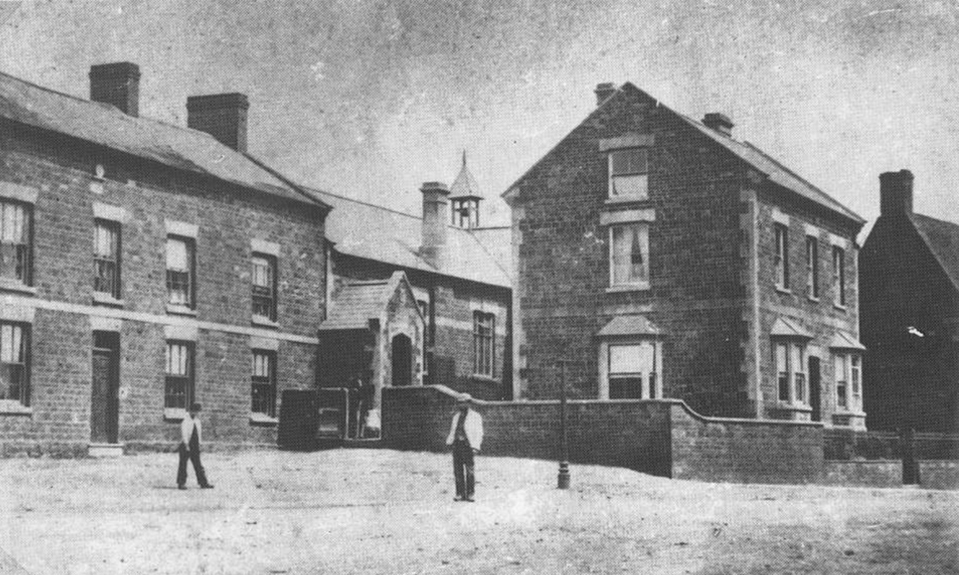
The new building cost £1,100 and was placed slightly to the north of the original chapel-school in what was the former school yard.
A separate house was built for both a school master and school mistress. (This is the double fronted house shown in the photograph right.)
It was opened on the 1st October, 1870 and over 200 children attended.
Both boys and girls were allowed to attend but each had their own separate entrance. The stone gable above the entrances was inscribed, with bold Victorian sentiment, ‘Children obey your parents in the Lord for this is right’. The windows were situated high up in the walls so that light could enter, but the students were unable to easily look out and be distracted from their lessons.
In 1880 a new Elementary Education Act insisted on compulsory attendance for all children aged five to ten years. Poorer families sometimes found this quite difficult as it was often tempting to send their children to work if the opportunity arose to earn an extra income. Attendance Officers visited the homes of children who failed to attend. A later Education Act (1891) provided for the state payment of school fees up to ten shillings per head.
The 1883 Elementary Education (School Attendance) Act raised the school leaving age to eleven (later thirteen) and 400 pupils attended the school in that year. By 1903 the Church School in Rothwell had grown to 439 children, and in 1910, Kelly’s Directory of Northamptonshire described the school as the Rothwell Free Grammar School.
Minor difficulties were recorded in 1940, when after the construction of war-time air raid shelters, problems were found with the collapsing of neighbouring walls. The school had to pay for damage repairs. In 1944 there were only 103 students and the Headmaster, Mr JHT Vicars, was recorded as being away on War Duty. Due to the war there was a severe shortage of teachers and the 1944 Butler Act required the Infant and Junior sections of the school to amalgamate.
At about this same time the Northamptonshire Local Education Authority formed a Plan for the Rothwell and Desborough District. This included the building of a new Secondary School in the town. A Board School had already been built in Gladstone Street (1886). There was also a Board School known as the British School for non-Church of England children. This stood opposite what is now the infant school in the Calvary Building.
In 1955 the old Grammar School was re-organised as a primary school only, and the seniors transferred to the newly built Rothwell Secondary Modern School located in Greening Road. This is now known as Montsaye.
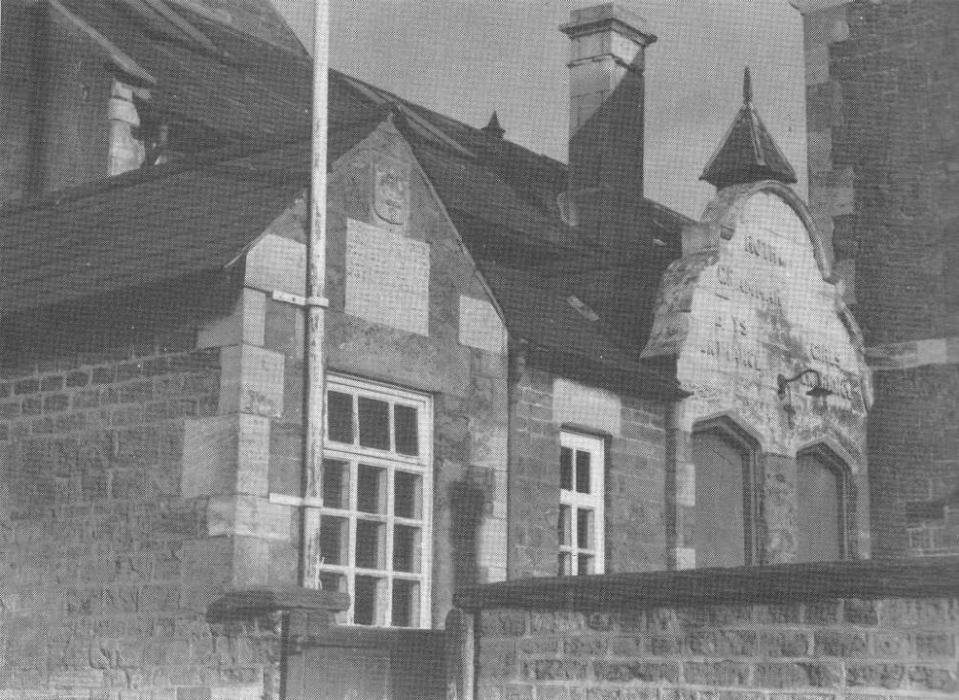
By 1969 the Victoria Infants accommodated the younger children and the Gladstone Street had opened as a junior school. Thus came the realisation and acceptance that the old school could no longer serve the town. There is no record of any organised fight to keep the out-dated Grammar School open and so it finally closed its doors.
The engraved stone (which can be seen in the photograph above) was taken from the old school building and located on an inner wall of the new town library. This is now the only public evidence of the five hundred years life of the school. The photograph also shows the separate doors for boys and girls.

